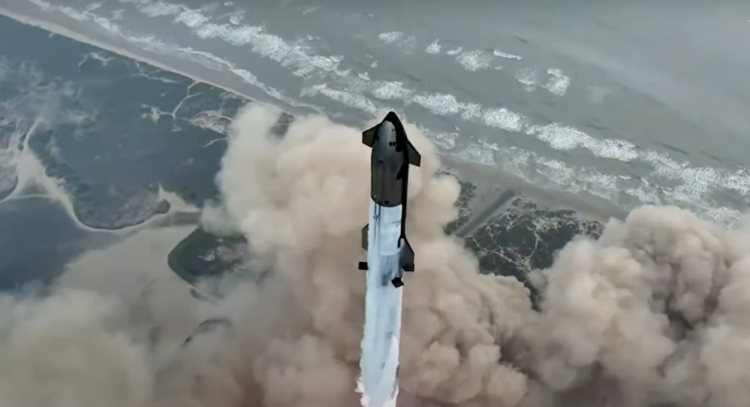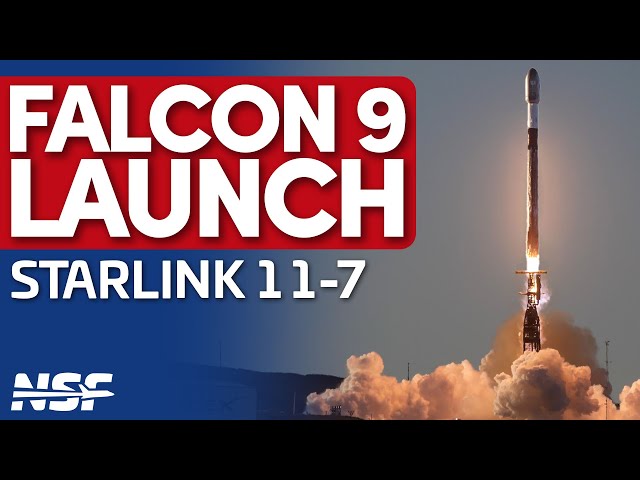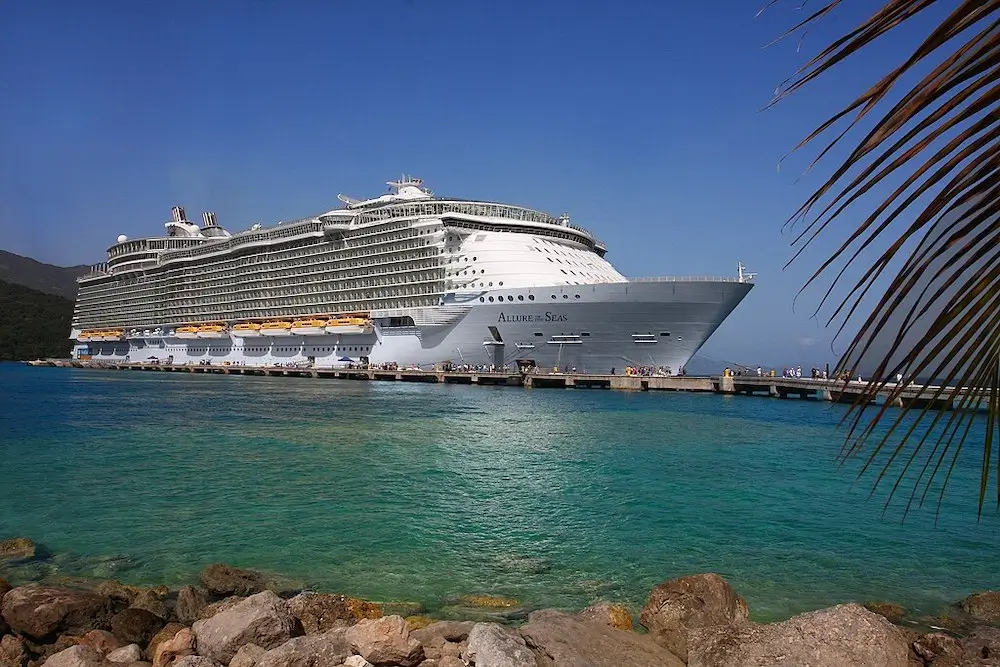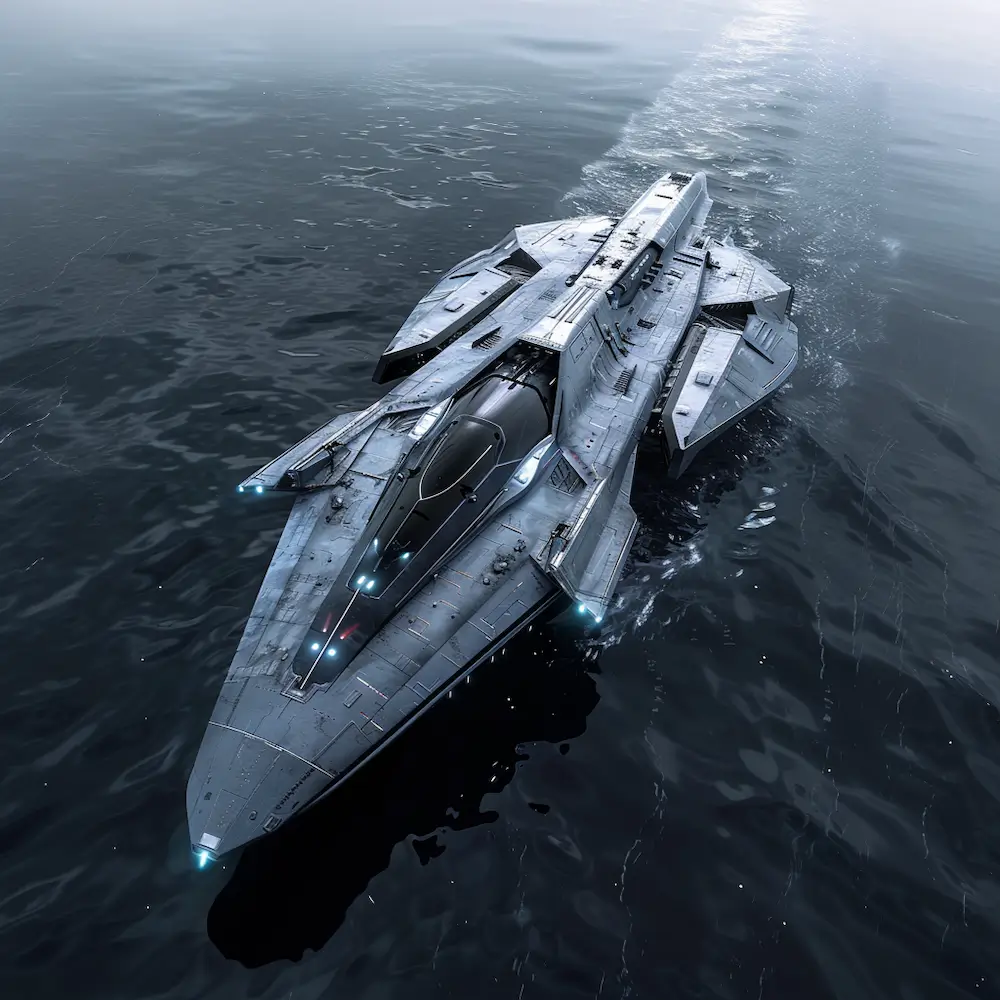Boca Chica, Texas – SpaceX’s monumental rocket, Starship, marked a significant achievement on Thursday as it successfully survived re-entry into Earth’s atmosphere and completed a planned landing in the Indian Ocean. This milestone occurred during the rocket’s fourth test mission after its launch from South Texas, demonstrating considerable progress in SpaceX’s ambitious space exploration goals.
The two-stage vehicle, comprising the Starship spacecraft perched atop the colossal Super Heavy rocket booster, had previously faced challenges, notably disintegrating during its last attempt in March. However, the latest mission saw the spacecraft re-enter Earth’s atmosphere intact, despite the loss of several tiles and damage to one of its flippers, as confirmed by SpaceX’s live broadcast.
“Despite losing many tiles and damaging a flipper, Starship managed to safely land in the ocean!” tweeted Elon Musk, SpaceX’s founder and director, expressing his satisfaction with the mission’s outcome.
Standing at 121 meters, Starship is the tallest and most powerful rocket ever built. The test flight, conducted without any cargo, saw the spacecraft flying over the Gulf of Mexico and heading east. The mission involved a semicircular trajectory around the planet, culminating in a landing in the Indian Ocean after the booster was discarded in the Gulf.
This mission aimed to avoid previous failures by meticulously controlling the descent. The success marks a stark contrast to earlier attempts, including the March flight, where contact with the vehicle was lost, leading to an explosion before reaching its target. Similarly, last year’s test flights ended in explosions shortly after liftoff from Boca Chica.
To enhance the chances of success, SpaceX implemented software upgrades and structural changes to the rocket. The Federal Aviation Administration (FAA) approved the fourth demonstration, confirming that all safety requirements had been met.
The ultimate goal for Starship is to become a fully reusable spacecraft. Controlled entry into the Gulf and planned ocean landings are part of SpaceX’s strategy to perfect future landing techniques.
NASA has already contracted SpaceX for two Starship missions to land astronauts on the Moon, scheduled for later this decade. These missions will use NASA’s rockets and capsules for Earth departure, meeting Starship in lunar orbit for the descent.
Beyond lunar missions, SpaceX is selling private lunar flights. However, the first private lunar customer, a Japanese entrepreneur, recently canceled his trip due to frequent schedule delays.
Elon Musk’s vision extends even further, imagining fleets of Starships ferrying humans and infrastructure to build a city on Mars, showcasing SpaceX’s long-term commitment to making interplanetary colonization a reality.









